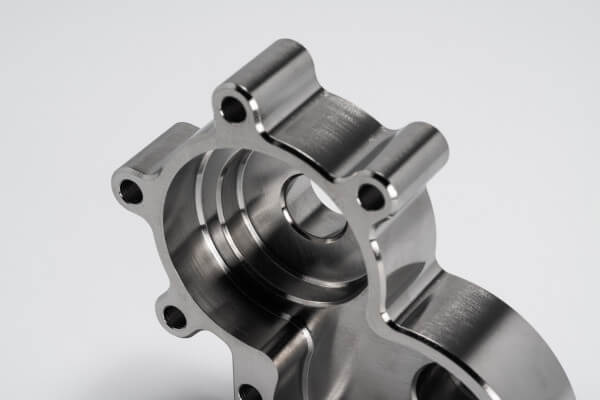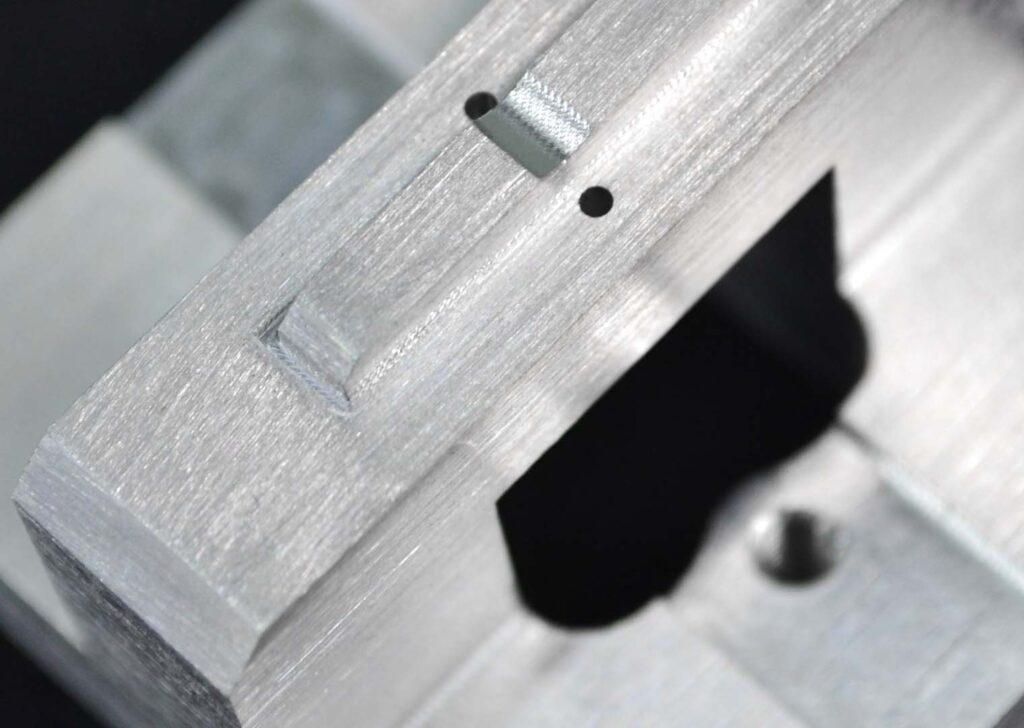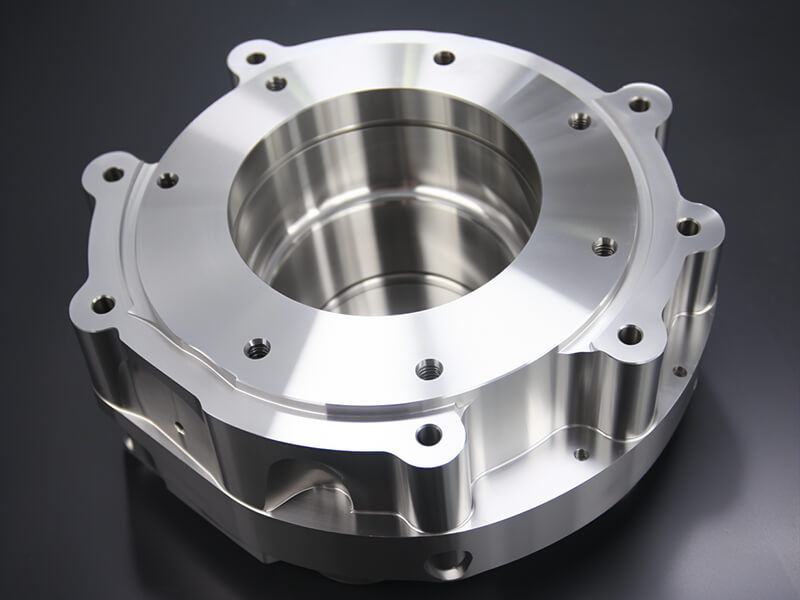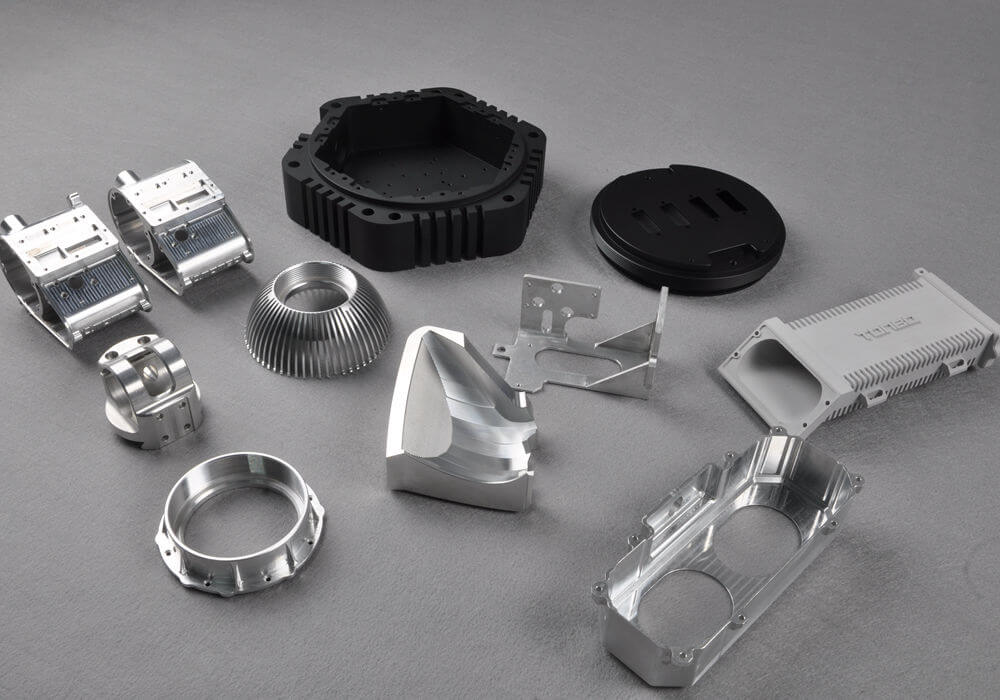Importance of Cutting Speed in Achieving Desired Surface Finish
The surface finish of a machined part is a critical factor affecting its functionality and aesthetics. To achieve the desired surface finish, various factors need to be carefully considered, one of which is cutting speed.
Cutting speed refers to the speed at which the cutting tool moves across the workpiece during machining. It plays a vital role in determining the surface finish.
1.Influence on the chip formation process
When the cutting speed is too low, chip formation is inefficient, resulting in a poor surface finish. On the other hand, if the cutting speed is too high, chip formation is too aggressive, resulting in excessive heat generation and possible damage to the workpiece. Therefore, finding the optimal cutting speed is crucial to achieving the desired surface finish.

2.Effect of tool wear
Another reason why cutting speed is critical is its effect on tool wear. When the cutting speed is too low, the tool tends to be subject to more friction, which accelerates wear. This results in a poor surface finish due to the reduced performance of the tool’s cutting edge.
Conversely, if the cutting speed is too high, the tool may overheat and wear, again resulting in a compromised surface finish.

3.Influence on the formation of built-up edge (BUE)
Cutting speed also affects the formation of built-up edge (BUE). Built-up edge refers to the accumulation of workpiece material on the cutting tool, which can negatively affect the surface finish. When the cutting speed is too low, built-up edge is more likely to form, resulting in a rougher surface.
Conversely, higher cutting speeds help prevent the formation of built-up edge, thereby achieving a smoother surface. Therefore, controlling the cutting speed is essential to controlling the formation of built-up edge and achieving the desired surface.

4.In summary
It is important to note that the optimal cutting speed to achieve the desired surface is not a fixed value, but varies based on various factors such as the material being machined, the type of cutting tool, and the machining process. Therefore, it is important to consider these factors and conduct thorough testing and experimentation to determine the most appropriate cutting speed for a specific application to achieve the best machining.
Cutting speed is a key factor in achieving the desired surface finish in a machining operation. It directly affects the chip formation process, tool wear, and the formation of built-up edge. By selecting the appropriate cutting speed, the surface can be optimized, resulting in a high-quality machined part. However, it is important to consider other factors and conduct proper testing to determine the optimal cutting speed for a specific application.
